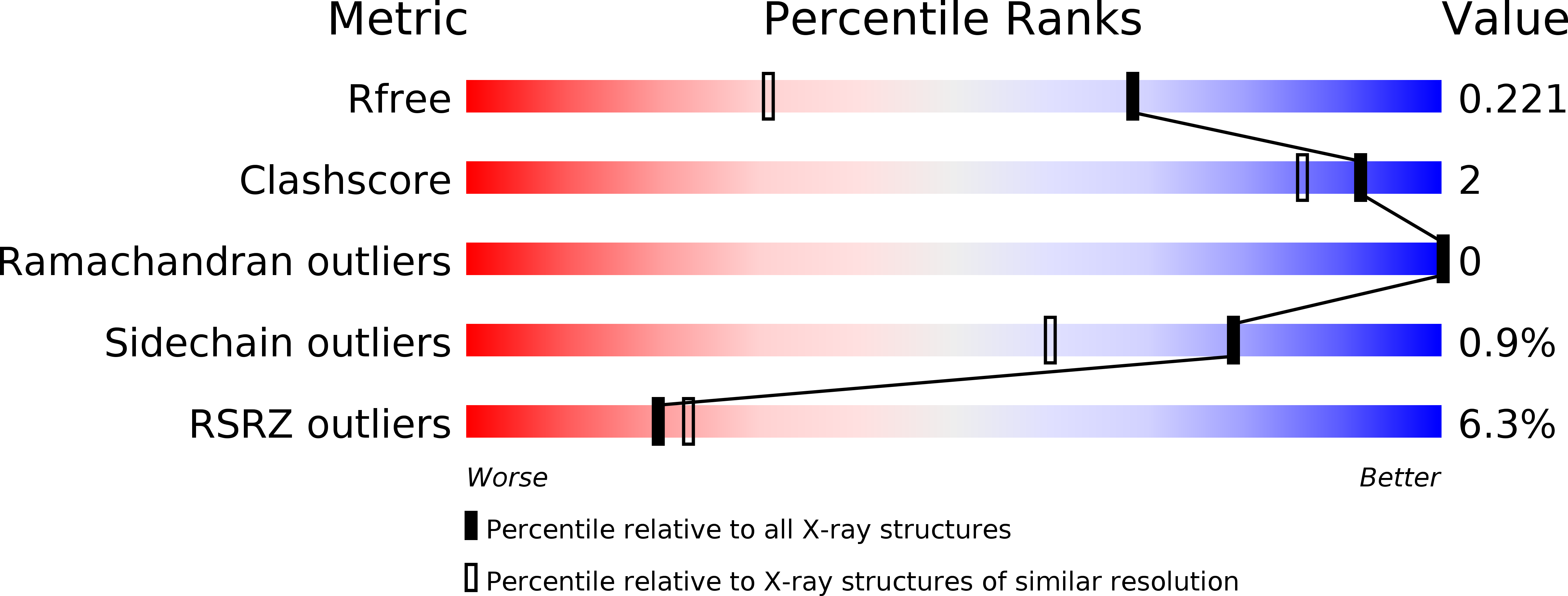
Deposition Date
2017-02-23
Release Date
2018-02-28
Last Version Date
2024-10-16
Entry Detail
Biological Source:
Source Organism:
Host Organism:
Method Details:
Experimental Method:
Resolution:
1.54 Å
R-Value Free:
0.21
R-Value Work:
0.18
R-Value Observed:
0.18
Space Group:
I 2 2 2


